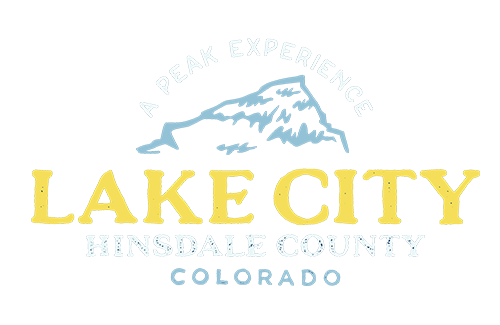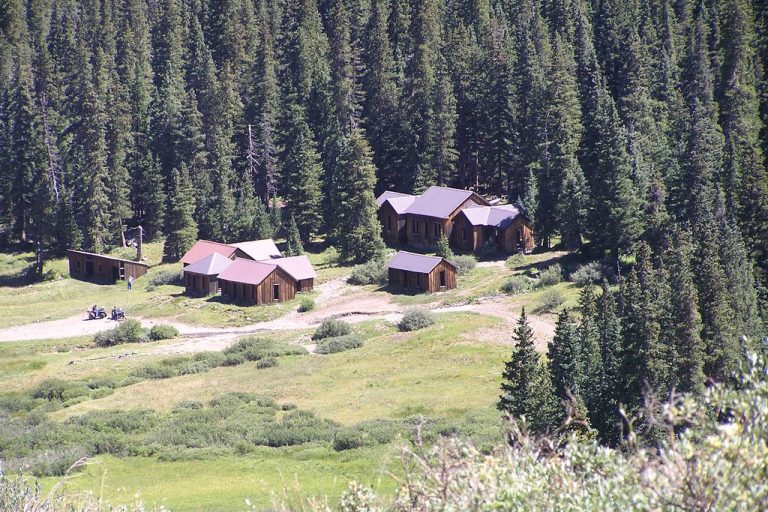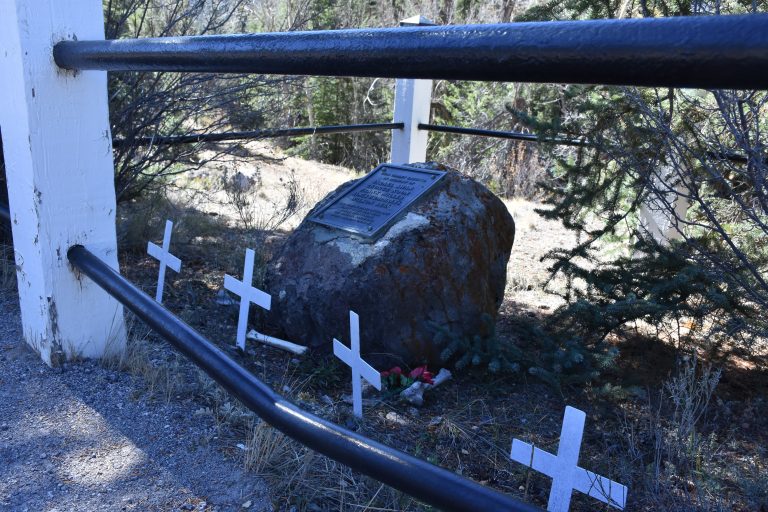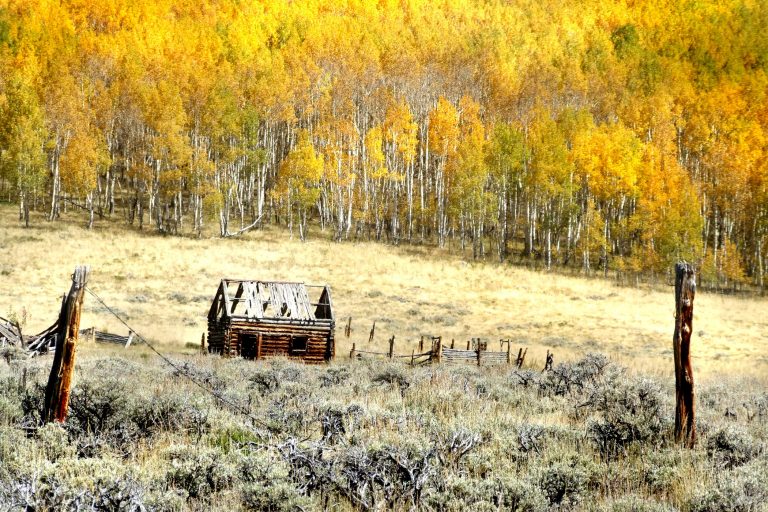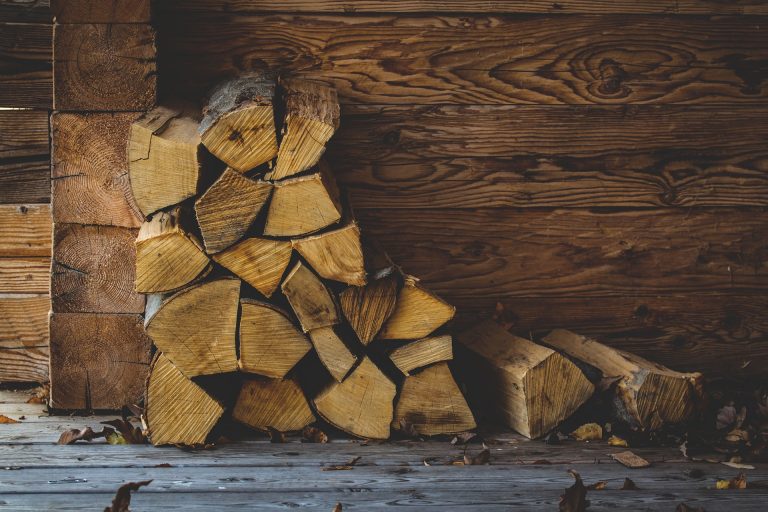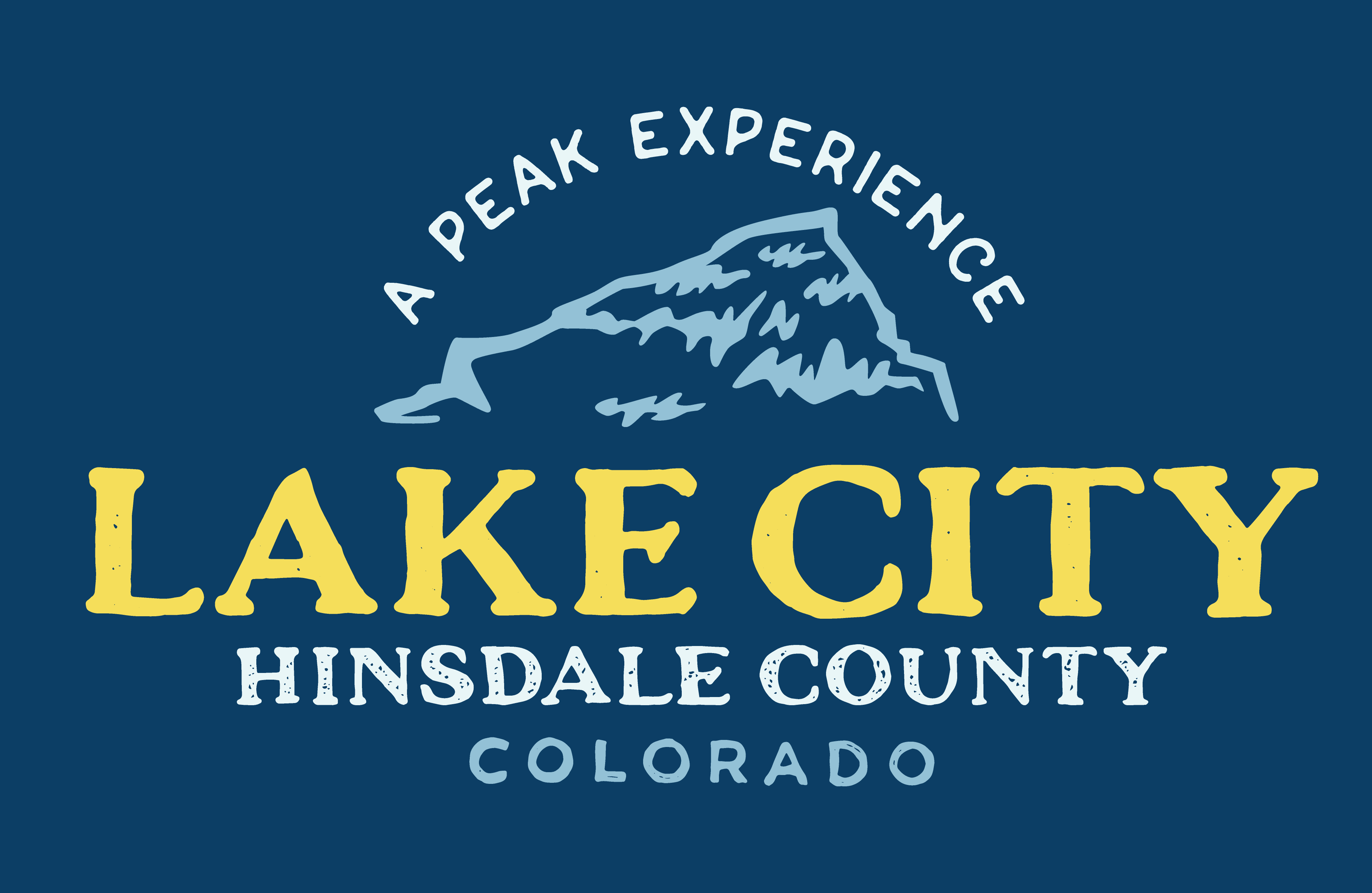Burrows Park
Discover the endless possibilities of Lorem Ipsum!
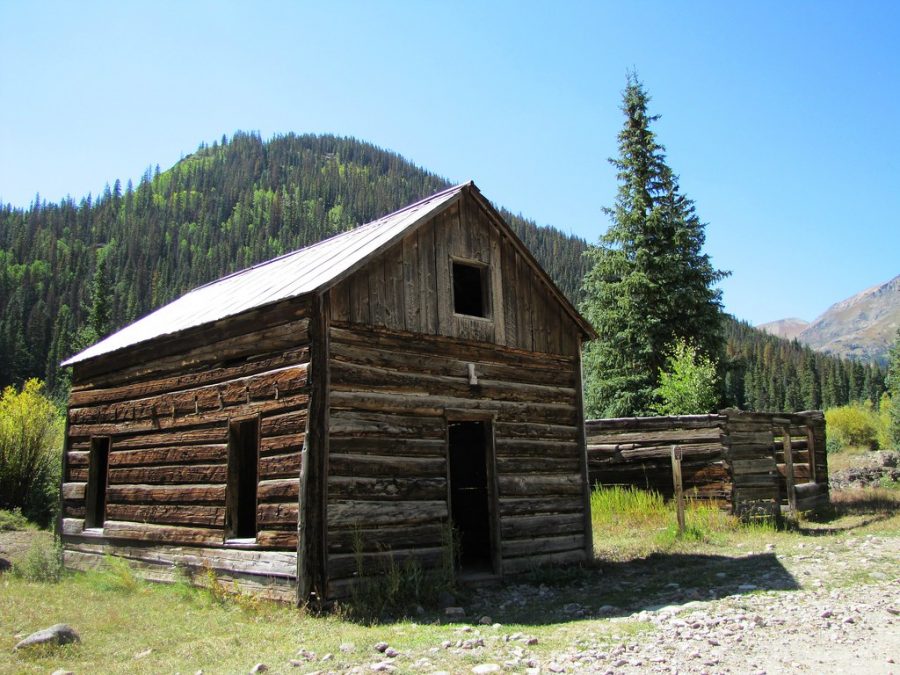
Burrows Park
The head of the valley in which the Lake Fork of the Gunnison rises was called Burrows Park in the seventies, after Charles Burrows who prospected the territory in 1873. A small camp of the same name was established in the valley, and another camp called Whitecross was laid out a quarter of a mile above it.
The exact locations of Burrows Park, Whitecross, Tellurium, Argentum, and Sterling are difficult to establish today since almost all signs of the camps have disappeared.
They all sprang to life between 1877 and 1880 following the rich strikes in the vicinity. The post office was established in 1880 as Burrows Park (but was actually located at Whitecross). The name of the post office was changed to Whitecross in 1882. The community maintained a summer population of about 200. The Hotel de Clauson at Whitecross was the favorite meeting place for all of the neighboring camps.
The Burrows Park ores were largely copper pyrites and argentiferous galena, although gray copper, ruby silver, sulphurets of silver, copper, and iron pyrites were also found. There was plenty of waterpower for use in the mines, and the Bonhomme, Cracker Jack, Tobasco, and Champion lodes began to produce extensively.
Nine families wintered in the park in 1878, and, in spite of severe weather, a few miners and their families spent successive years in the little valley.
“Burrows Park Notes” for Dec. 27, 1881, printed in the Lake City paper says:
Christmas in the Park
We were all invited out…to the Hotel de Clawson where Mrs. Williams and Mrs. Prentice prepared a generous feast…Well filled tables stood there creaking, cracking, straining while trying to hold up the precious burden of roast turkey, chicken, fruits, sauces, jellies, pies, cakes, pudding, sweetmeats, and sure enough, ice cream, sweet bread, and butter, also all the young ladies in town…At nine o’clock we sallied out to our gloomy, silent cabins. Yours truly, Snowball and Icicle
In 1882, Burrows Park was a lively camp with “Clawson still wielding the dish rag at the most popular hotel,” but the development of the region slowed by lack of transportation facilities. Even when railroads were built into the San Juan, they were inaccessible. The railroad at Lake City was reached by a road down the valley, but it was nearly twenty miles away.
In spite of heavy snows “the adventurous Tom Byron crossed the bleak range daily on snowshoes, with the mail to and from Animas Forks and Mineral Point,” and in the summer, “four brand new horses were ready to run a daily buckboard from Lake City to Sherman, Burrows Park, and if business justifies, to Animas Forks, carrying the mail express packages and passengers.”
Between 1890 and 1900, Whitecross had a population of 300, the men and their families living in cabins and tents.
There was a miner at Whitecross who wanted some coffee before going to work on the night shift. There were two coffee pots in his cabin, in one of which four pounds of blasting powder was stored. By mistake, he put the pot containing the powder on the stove!
